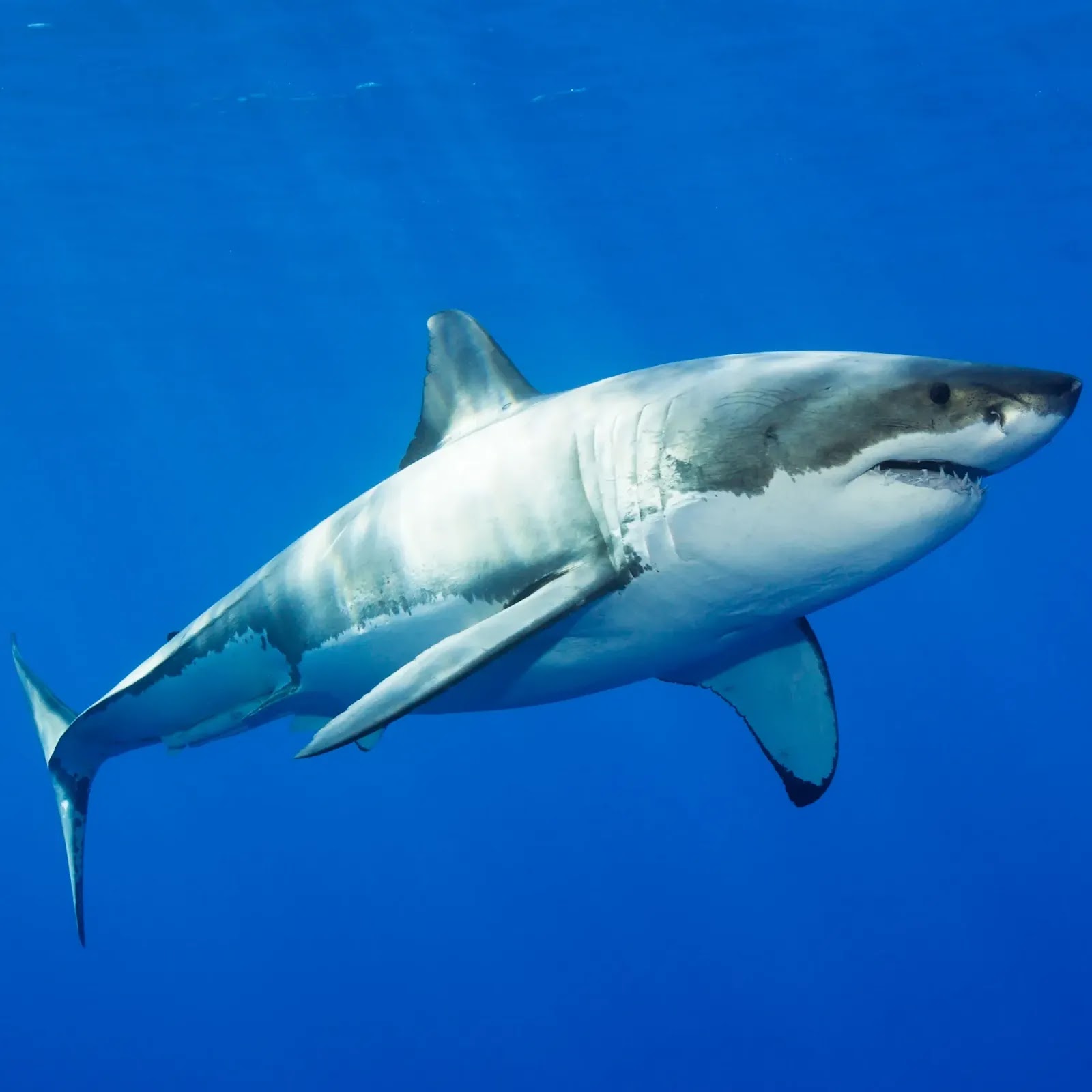Top 20 Most Dangerous Animal's in the World
Introduction:
As humans, we tend to think that we are the most dangerous creatures on the planet. However, there are many animals out there that can be just as deadly, if not more so, than we are. In this blog post, we will be taking a look at the top 20 most dangerous animals in the world.
While they may seem small and harmless, mosquitoes are responsible for more deaths than any other animal on the planet. They are carriers of deadly diseases such as malaria, dengue fever, and Zika virus.
The saltwater crocodile is the largest living reptile and can grow up to 23 feet in length. They are known for their aggressive nature and are responsible for several human fatalities each year.
Found in the waters of Australia, the box jellyfish is considered one of the most venomous creatures on the planet. Their tentacles contain toxins that can cause cardiac arrest and death within minutes.
While they may seem gentle and friendly, African elephants can be extremely dangerous if they feel threatened. They are known to charge at anything they perceive as a threat, including humans.
The Cape Buffalo is considered to be one of the most dangerous animals in Africa. They have been known to charge and attack humans without provocation, and are responsible for several deaths each year.
Found in the waters of the Pacific and Indian Oceans, cone snails are highly venomous and can be deadly to humans. Their venom can cause paralysis and respiratory failure within hours.
The pufferfish is considered a delicacy in some parts of the world, but it is also one of the most poisonous animals on the planet. Their organs contain a toxin called tetrodotoxin, which can be deadly to humans.
Despite their large and round appearance, hippos are considered one of the most dangerous animals in Africa. They are known for their aggressive behavior and have been known to attack boats and humans.
The tsetse fly is responsible for transmitting the deadly sleeping sickness disease to both humans and animals. It is found in sub-Saharan Africa and is responsible for several deaths each year.
Found in the waters of the Pacific Ocean, the blue-ringed octopus is one of the most venomous creatures in the world. Their venom can cause paralysis and respiratory failure, leading to death.
While they may be the king of the jungle, lions can also be extremely dangerous to humans. They are known to attack and kill humans who encroach on their territory.
Tigers are one of the largest and most powerful cats in the world. They are known to attack and kill humans who enter their territory, and are responsible for several deaths each year.
The black mamba is considered one of the most venomous snakes in the world. Its venom can cause respiratory failure and death within hours.
Found in North America, the brown recluse spider is highly venomous and can cause tissue necrosis and death if left untreated.
The great white shark is one of the most feared predators in the ocean. While attacks on humans are rare, they can be deadly when they do occur.
The Komodo dragon is the largest lizard in the world and is found in Indonesia. They are known for their aggressive behavior and have been known to attack humans.
The poison dart frog is a brightly colored frog found in Central and South America. Their skin contains a toxic substance that can cause paralysis and death if ingested or if it enters the bloodstream through an open wound.
The cassowary is a flightless bird found in Australia and New Guinea. They are known for their aggressive behavior and have been known to attack humans, causing serious injuries and even death.
Found in the waters of the Indian and Pacific Oceans, the stonefish is one of the most venomous fish in the world. Their venom can cause intense pain, swelling, and even death.
Conclusion:
In conclusion, there are many animals out there that can be dangerous or deadly to humans. While some of these animals may seem harmless, it is important to remember that they are still wild creatures and should be treated with caution and respect. By understanding the risks associated with these animals and taking proper precautions, we can reduce the risk of injury or death from animal attacks.




















Comments
Post a Comment